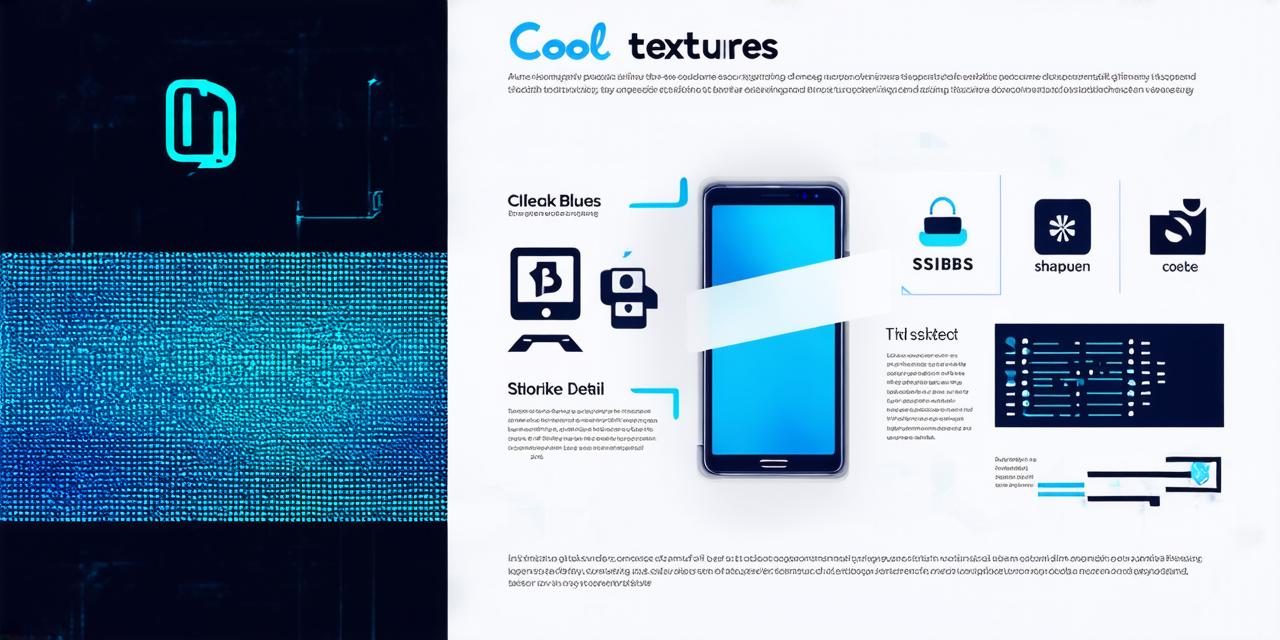Blockchain technology is often associated with cryptocurrencies and digital transactions. However, its potential applications go far beyond that. One of the areas where blockchain can make a significant impact is data privacy. In this article, we will explore how blockchain supports data privacy and why it has the potential to revolutionize the way we store and manage our personal information.
What is Blockchain?
Blockchain is a decentralized digital ledger that records transactions in a secure and transparent manner. It was originally designed for the Bitcoin cryptocurrency, but its applications go far beyond that. A blockchain is essentially a chain of blocks that contains data and transactions. Each block is connected to the previous one through cryptographic algorithms, making it difficult or impossible to change without being detected.
How Does Blockchain Support Data Privacy?

Blockchain technology provides several features that make it well-suited for supporting data privacy. These include:
-
Decentralization: One of the key features of blockchain is its decentralized nature. This means that there is no central authority controlling the network. Instead, each participant in the network has an equal say in how the network operates. This makes it difficult for any one party to manipulate or control the data stored on the network.
-
Transparency: All transactions on a blockchain are publicly visible and can be verified by anyone on the network. This provides a high level of transparency, which can help prevent fraud and other forms of misuse of personal information.
-
Encryption: Blockchain uses advanced encryption algorithms to secure data. This makes it difficult for unauthorized parties to access or tamper with the data stored on the network.
-
Immutability: Once data is stored on a blockchain, it cannot be changed or deleted without being detected. This provides an additional layer of security and makes it difficult for personal information to be manipulated or stolen.
Real-life Examples of Blockchain in Data Privacy
There are several real-life examples of how blockchain technology is being used to support data privacy. Some of these include:
-
Self-sovereignignty platforms: These platforms, such as uPort and Sovrin, allow individuals to control their own personal information and share it with others on a need-to-know basis. The use of blockchain technology makes it possible for individuals to maintain control over their data and prevent it from being misused or stolen.
-
Healthcare: Blockchain technology is being used in healthcare to securely store and manage patient data. This can help prevent medical identity theft and other forms of fraud, while also providing patients with greater control over their own health information.
-
Supply chain management: Blockchain technology is being used in supply chain management to track the movement of goods and ensure that they are authentic and not counterfeit. This can help prevent fraud and other forms of misuse of personal information.
The Future of Blockchain in Data Privacy
Blockchain technology has the potential to revolutionize the way we store and manage our personal information. As more people become aware of its capabilities, we can expect to see even more real-life examples of how it is being used to support data privacy. In the future, we may see blockchain technology being used in a wide range of industries, from finance to healthcare, to help protect personal information and prevent fraud.
FAQs
1. What is the difference between blockchain and traditional databases?
Blockchain is a decentralized digital ledger that records transactions in a secure and transparent manner, while traditional databases are typically centralized and controlled by a single entity.
2. How does blockchain support data privacy?
Blockchain technology provides several features that make it well-suited for supporting data privacy, including decentralization, transparency, encryption, and immutability.
